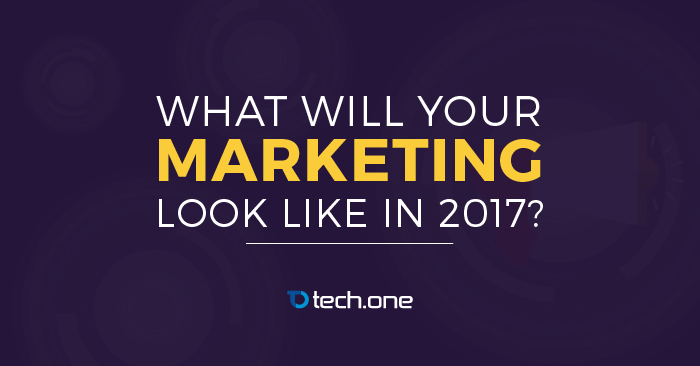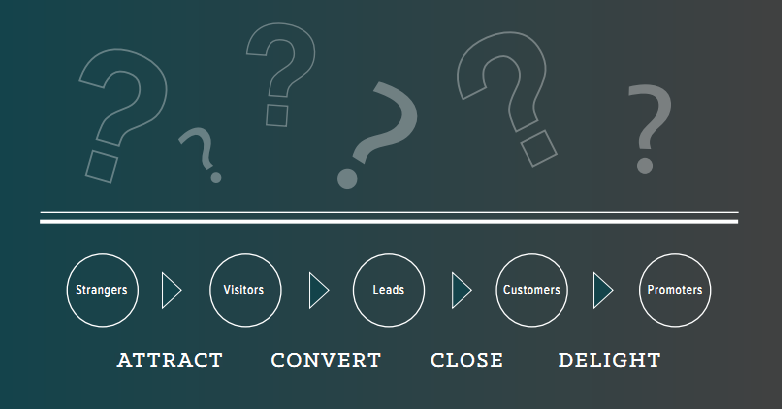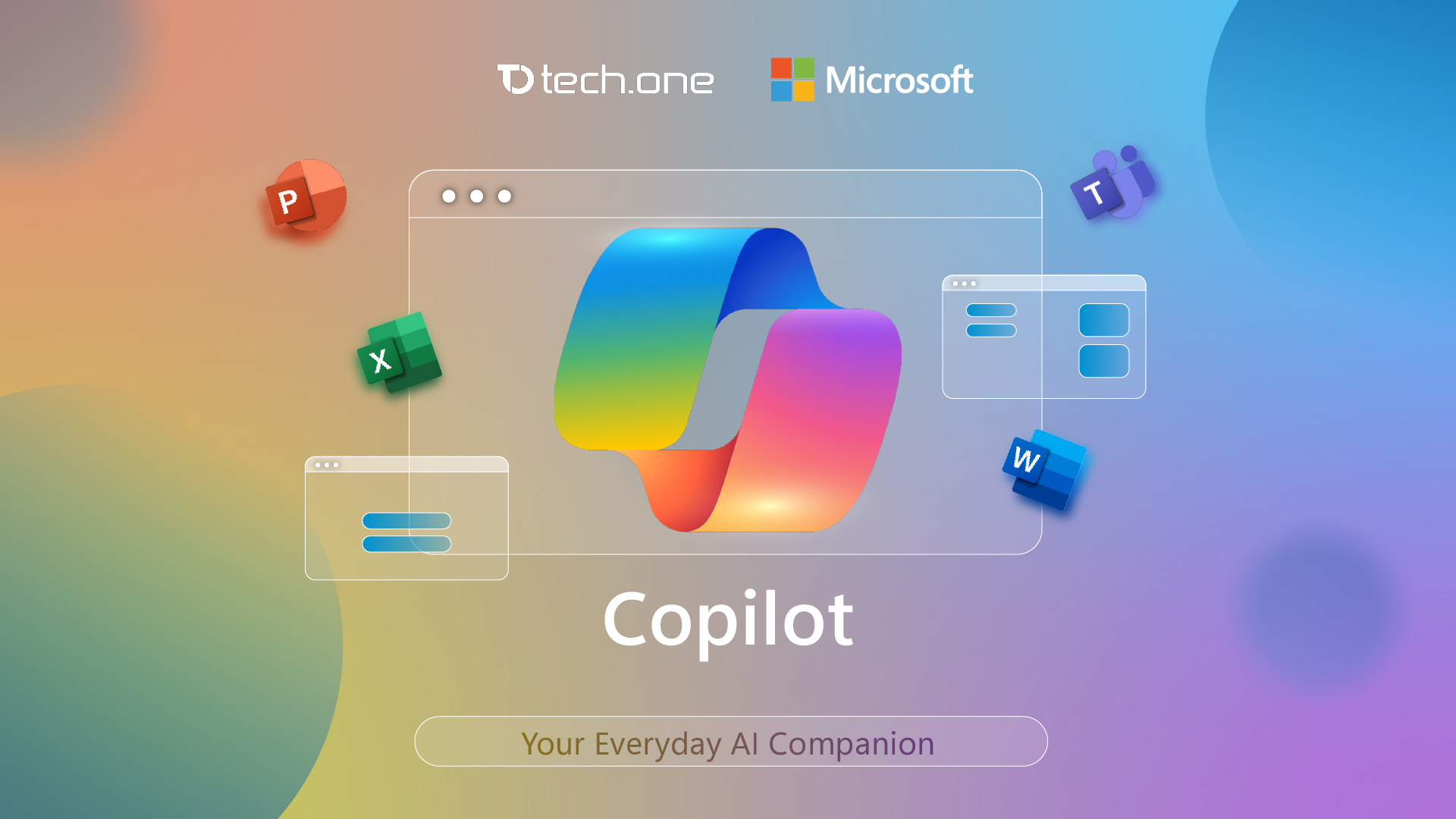
Written by Reshika Udugampola
What will your Marketing look like in 2017?
If we knew everything about the future, tackling the changing patterns of this giant corporate world marketing would have been a lot easier. This may be true, however, research says that many fine-tuned predicted trends will be already obsolete in another 365 days.
What do you think how your marketing looks like in 2017? According to statistics, it will take an even more drastic change in 2017. Imagine if you already know what the customer exactly wanted? What colors they prefer and what content? or even the consuming patterns? Imagine if you could time travel and know about the whole new technology which will be available in future? Definitely you would be top of the game.
As we all know, knowing what’s coming ahead has a big impact. In fact, you wouldn’t have to worry about which tool to use – because if you know the future – you’d simply know what to expect. Currently, in order to perform better in present, all the marketers need to analyze their past performance. In fact, all the inbound marketing that take place in organizations is a one way to predict the future.
According to engineers at HubSpot they have started to crack the time travel code. In fact, they are mastering this whole new time traveling method. Disclaimer – all the facts and information provided here in this article are lifted from the HubSpot.

With changing networking and technologies, how can we merge those changes into inbound marketing method while attracting, converting, closing, and delighting? Well, it is yet to be discovered.
The Future of Marketing…

- DATA DRIVEN
A recent survey shows that proving the Return of Investment (ROI) of marketing activities is the number one challenge marketers are facing. A study shows that 93% of CMOs agree that they are under more pressure to deliver measurable ROI today than they were few years ago.
However, in time, data driven marketing has become more of necessity for all the marketers around the world. After all, marketing isn’t about spending chunk of money with no results. It requires a good outcome compared to the value spent by large organizations. Indeed, it is bounded with the bottom line.
Today, corporate world is embracing a more scientific, quantifiable approach to marketing – and this approach requires collecting and analyzing data. In the future, the marketers will choose data over opinion. For an example; when faced with a question like, “Which color or which picture should we use? The answer was usually something like, “Let’s use the one that shows better results in the test.”
However, in the past, marketers often relied on gut instincts and personal preferences in order to make decisions. If they were faced with such questions like I mentioned above they’ll probably go with something that they randomly chose, or something that they felt like going ahead with.
Ultimately, the more you learn who your customers are, the better your future marketing is. And the better your marketing/sales funnel is performing, the better you’ll be at predicting of which your new leads become customers. The tricky part is bringing together all of the relevant data and making sense of those numbers.
- PERSONALIZED
As we can see, customer preferences and buying patterns have changed. They prefer to have unique and customized products display related to their own personality. According to Online Personal Experience study conducted by Janrain in 2013, nearly three-fourths (74%) of online consumers get frustrated with websites when content (e.g., offers, ads, promotions) appears that has nothing to do with their interests.
While not surprising, it appears their frustration may be an ominous sign for online brands. As an example, the poll revealed that 67% of online adults would lose their patience and leave a website if they had shown an ad asking for donations from the political party they dislike the most. However, customizing does not mean taking personal information of the customer and putting it on display. HubSpot mentions that the goal is to provide people with an experience that reflects their past preferences and behaviors, and that anticipates what they are going to want or need next.
- INTERGRATED
Back in the old days the marketing tactics and strategies used were too main stream: where you had your search engine optimization (SEO) in one place, social media in another and blogging in a totally different place. HubSpot says these sort of system is known as “franken-system”. It is a problem when you have your work here and there in different technologies used to communicate, which is nearly impossible to keep track of.
Today, the headache of the “franken-system” has disappeared. And finally using an all-in-one system, y
ou can manage your SEO, social media, blogging, landing pages, CTAs, email, marketing automation, and analytics all in one place.
- NATIVE
New and exclusive data from BI Intelligence finds that spending on native ads will reach $7.9 billion this year and grow to $21 billion in 2018, rising from just $4.7 billion in 2013. “We are the only research service that has provided a detailed breakdown of spend projections and growth rates for each of the three main native ad types — social-native, native-style display ads, and sponsored content” (BI Intelligence. May 20, 2015).
Native advertising offers marketers a great opportunity to carry out the marketing activities and expand their reach without disrupting anyone. In addition to “sponsored stories” appearing in publications both new (e.g., BuzzFeed) and old (e.g., The New York Times). Examples of native advertising include:
- Sponsored videos on popular YouTube channels
- Sponsored discussions on Reddit
- Sponsored products on Amazon
- MOBILE & BEYOND
Facts state that 80% of internet users now own smartphones (source: GlobalWebIndex), and more than half of all consumption of digital media happens on mobile devices (source: comScore) Google says, Since the release of its “Mobile Friendly” update in 2015, Google doesn’t just consider mobile optimization an important factor for user experience, it uses mobile optimization as a ranking factor. (Source: HubSpot)
As a conclusion, it’s best for all the organizations to keep monitoring and analyzing the past and present marketing activities that is taking place, and then prepare for the future. The future of marketing can never be predicted for certain. But by studying and learning from the past, and by investing in the latest technological innovations, we can indeed prepare for the many years ahead.









